Pioneering Citizen Centered Online Public Services
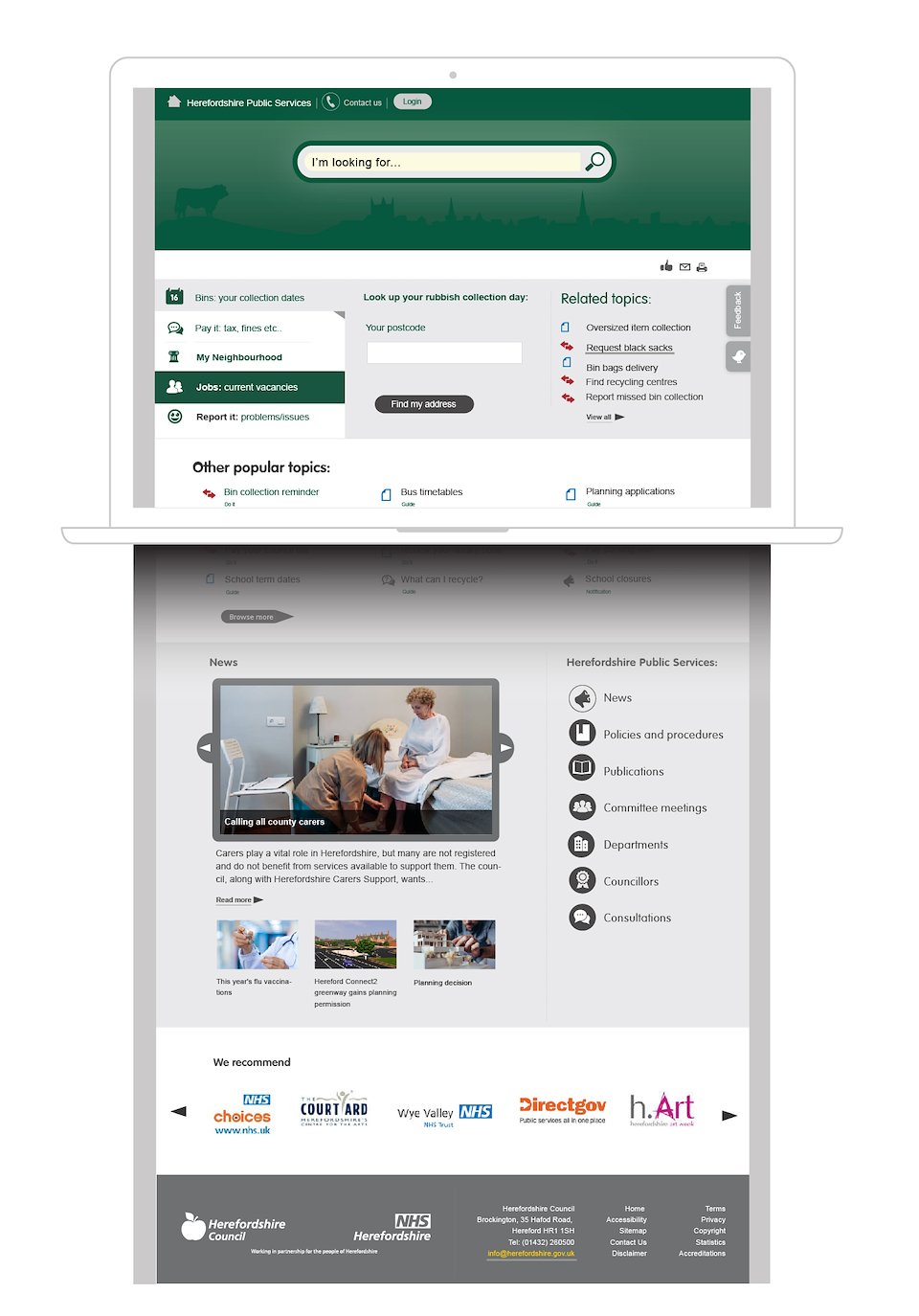
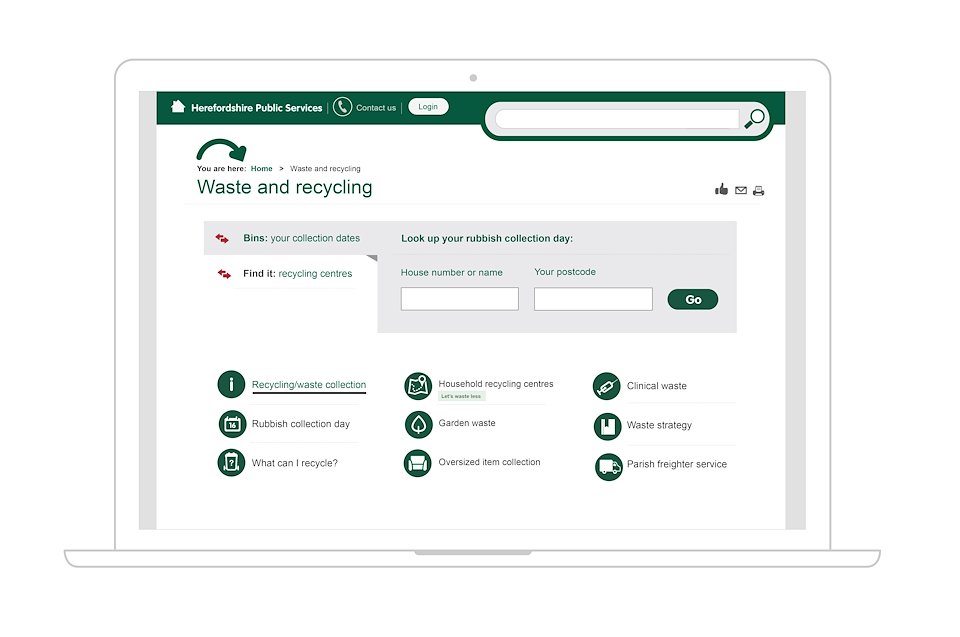
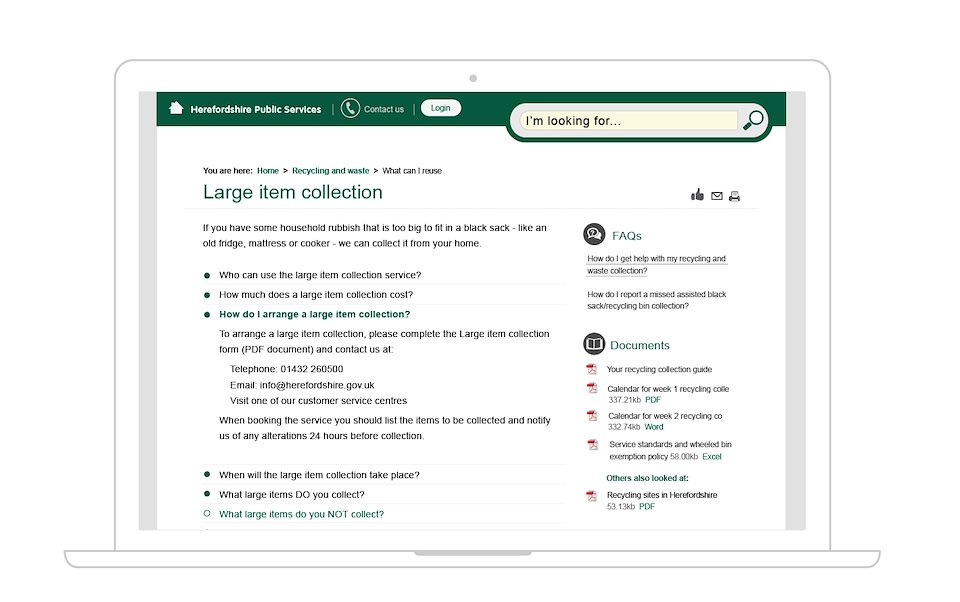
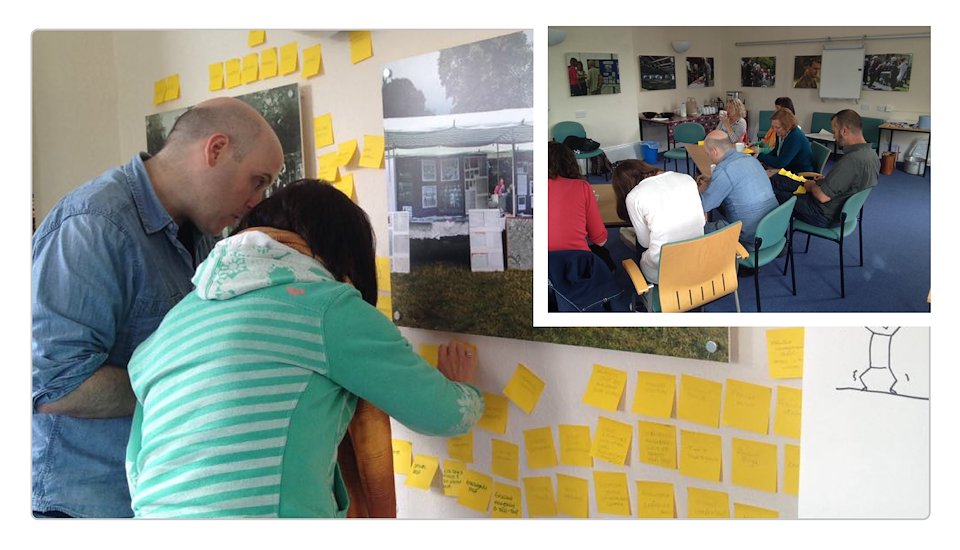
User and business requirements workshop with representatives of various departments.
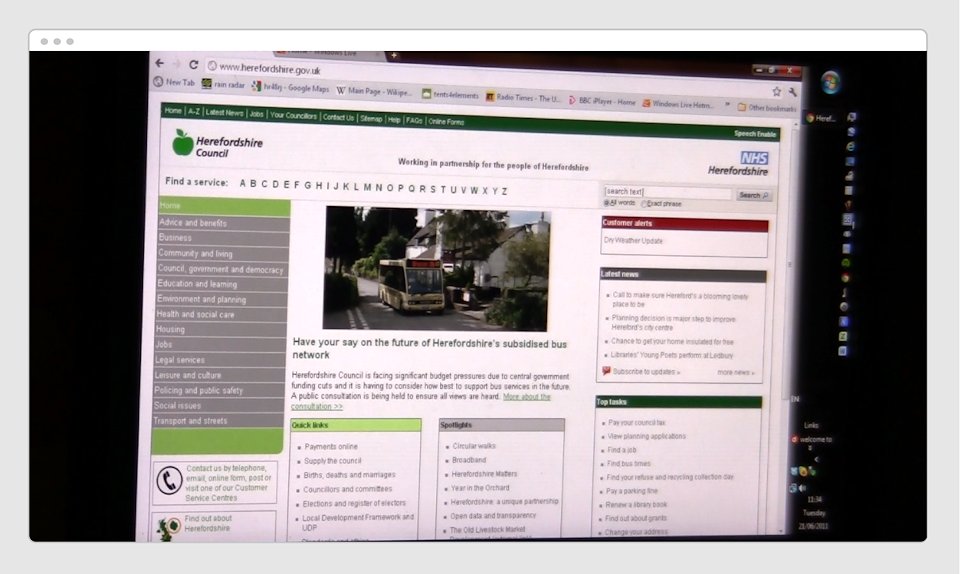
On site usability testing with members of the public
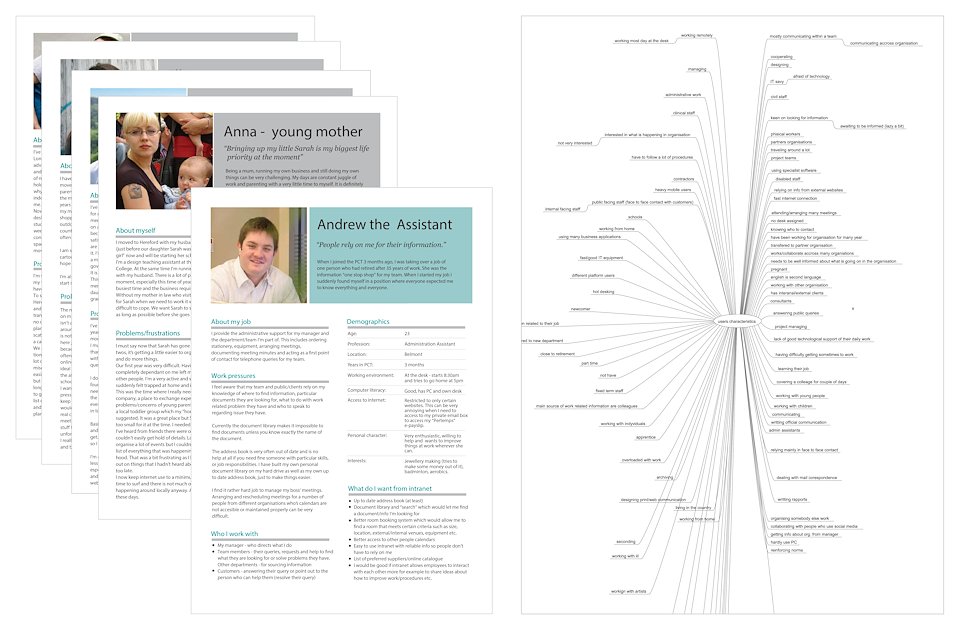
Personas built based on interviews with members of council staff, member of the public, contextual enquiries, surveys
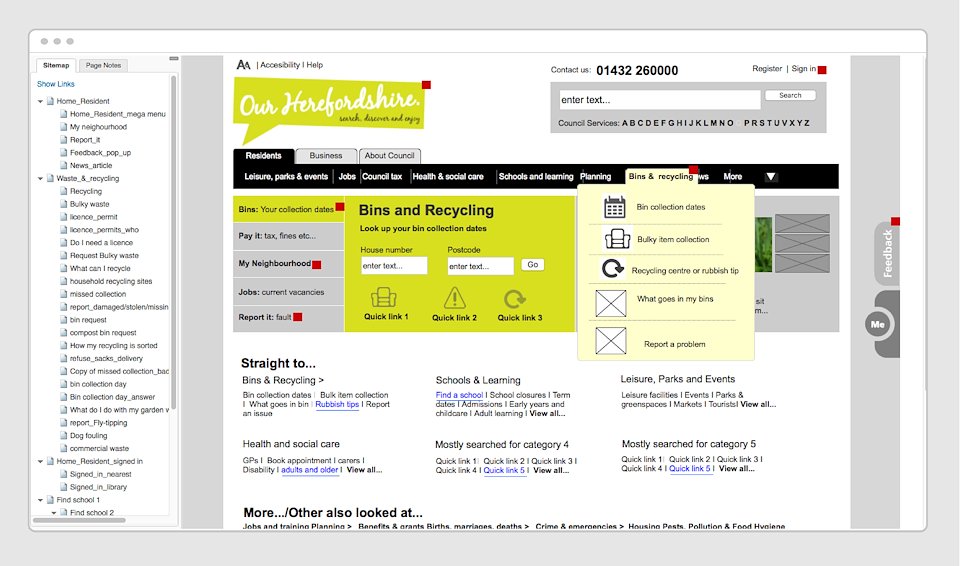
Lo fidelity prototype prepared to get buy in of Council’s senior management
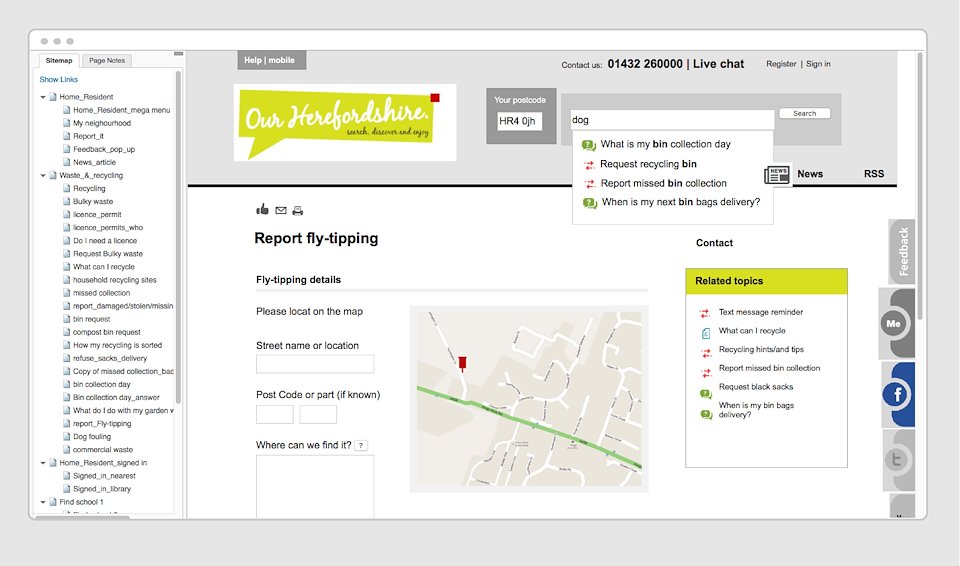
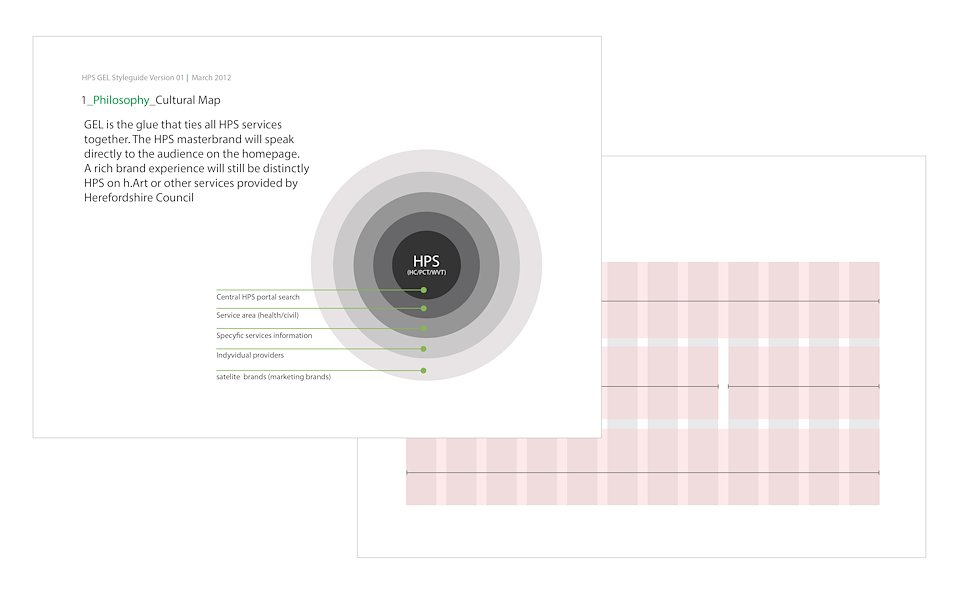
Global visual language for the online public service (extract)
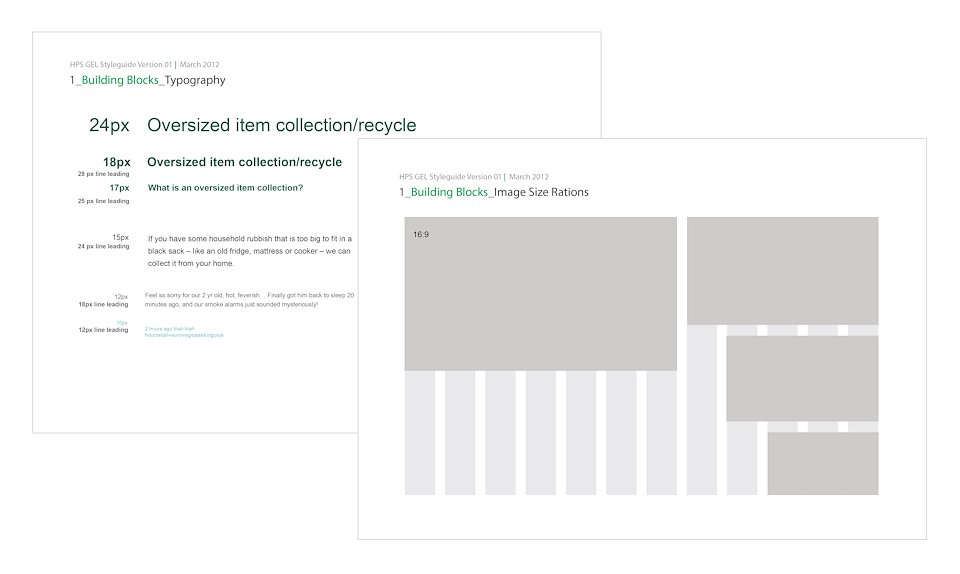
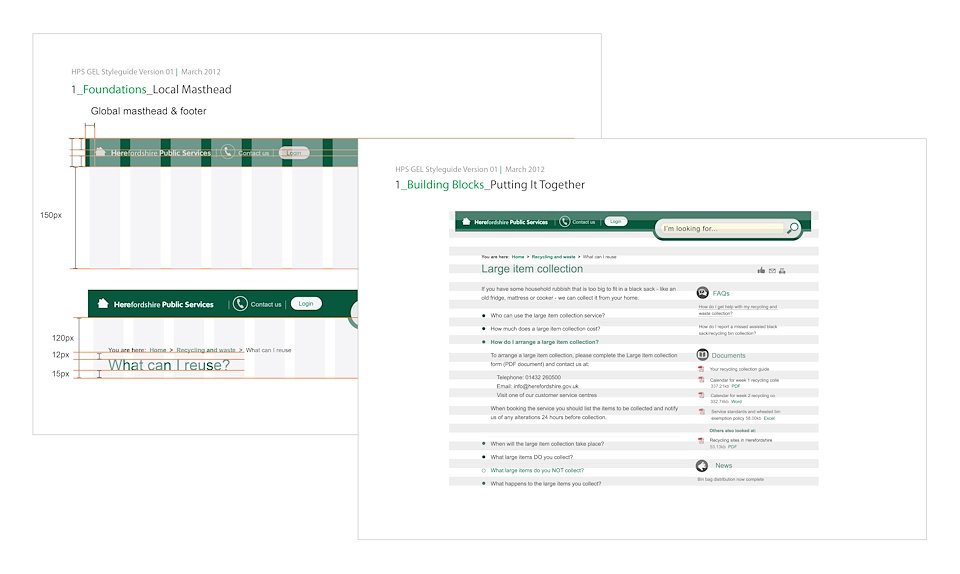
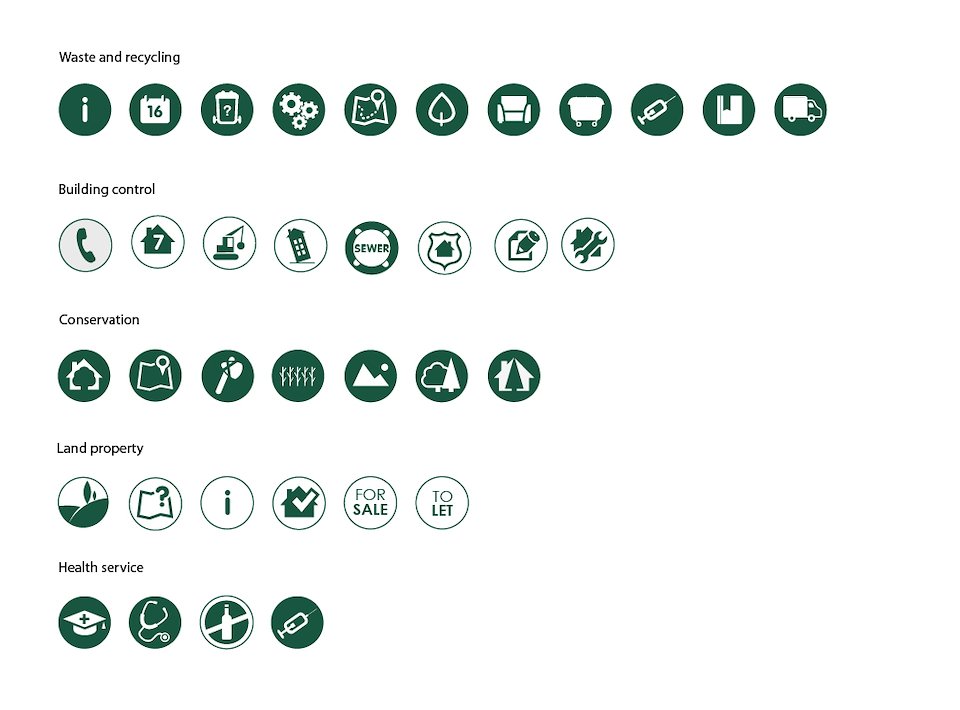
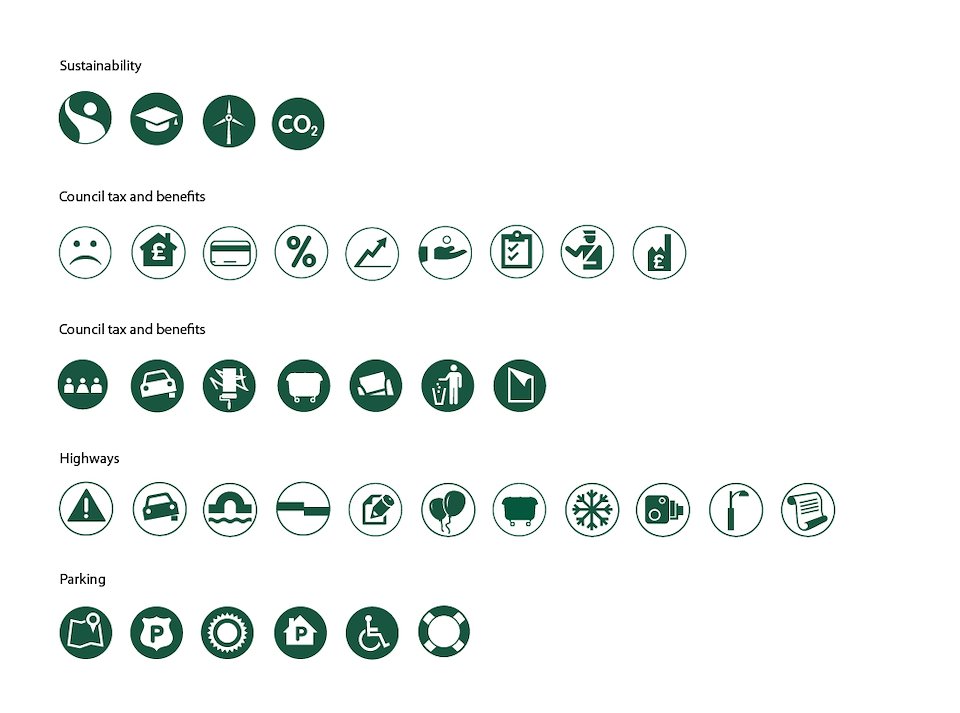
I played a key role in the redesign of a cross-system online solution for the public services intranet and public portal in Herefordshire, taking on responsibilities as a UX researcher, designer, and advocate for usability and accessibility.
CONTEXT
This project aimed to integrate public services for a rural English county into a unified online platform. The goal was to create a cohesive experience for both internal users (via the intranet) and the public, covering council and health services.
CHALLENGE
The Council’s existing online presence focused on broadcasting information rather than meeting citizens' needs. The redesign needed to ensure inclusivity and accessibility for all community members while combining diverse services into a centralized “one-stop shop” solution.
APPROACH
Conducted user research through workshops, surveys, interviews, and contextual studies with stakeholders including senior management, frontline staff, and community members.
Designed high- and low-fidelity prototypes to secure management buy-in and budget approval.
Applied UX best practices and iterative agile methodology, including extensive usability and accessibility testing, to refine the portal.
Established a unified visual style for Herefordshire Council and NHS Herefordshire services, managing this brand across more than 24 websites and business applications.
Delivered graphical assets and collaborated with developers while contributing to in-house branding materials like presentations, proposals, and web content.
SOLUTION
A fully accessible, user-friendly public portal was launched in 2012, providing a centralized “one-stop shop” for local government and health services. It featured an intuitive search facility, direct links to common services and transactions, and a cohesive design tailored to meet the needs of a diverse user base.
LEARNING
Gained experience in balancing usability, accessibility, and aesthetics while managing a large-scale project.
Enhanced